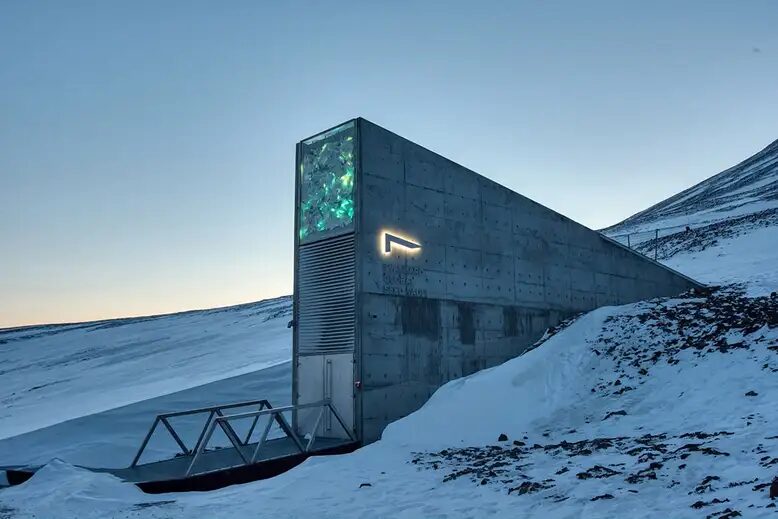World Doomsday Food Bunker Gets Huge Deposit
The Svalbard Global Seed Vault in Norway dubbed as the “Doomsday Vault” made the news recently because it has accepted the largest deposit of seeds since their 2019 upgrade. According to newscientist.com, the vault has accepted 60,000 new seeds from 36 different groups.

Svalbard Global Seed Vault is open for deposits after upgrades
Hundreds of plant species around the world was backed up on February 25/2020 at the “doomsday vault” in the Arctic, the first big deposit since an upgrade at the Norwegian facility against climate change.
According to theverge.com, with the new addition of seeds, the vault now has over a million seeds from over 5000 different species of plants. The website also stated that seed deposits came for the first time from the Cherokee Nation, which is the name of an Indigenous group in the United States. Seed deposits were also said to come from various countries in Europe, India, and many places around the world.
The seeds of onions from Brazil, guar beans from central Asia and wildflowers in a meadow at Prince Charles’ home in the UK are among the species being safeguarded at the Facility. Svalbard Global Seed Vault, is in a mountain cavern about 1200 kilometres from the North Pole.
Norwegian prime minister Erna Solberg attended the mass deposit, the single biggest since the opening of the facility in 2008. “The deposit event is especially timely,” she said, because this is the year by which countries should have safeguarded the genetic diversity of crops to meet the UN goal of eliminating hunger by 2030.
Currently, the vault hosts seeds from corn, squash that can survive a year without refrigeration, flowers, fruits among other crops. The vault stores these seeds at -18°C and is expected to be able to sustain that temperature even if power fails due to the permafrost that surrounds the facility.
The first seeds in today’s major deposit have gone into the Svalbard seed vault. #SeedVault2020 pic.twitter.com/cQZnhUHoUX— Adam Vaughan (@adamvaughan_uk) February 25, 2020
The Svalbard Global Seed Vault, was built as a means of safeguarding the DNA of crops in order to maintain the diversity of food as well as the abundance of food. Maintaining diversity, according to Hannes Dempewolf at the Crop Trust, is essential in developing new and improved crops.
Seed banks or vaults are not new and are found all over the world, however, the Svalbard Global Seed Vault is still extremely important. According to newscientist.com, this seed bank, is a back up for the backups of seeds, that means it’s an extra level of protection against food scarcity.
Food may become scarce as a result of any natural disaster, war or as a general consequence of climate change. According to newscientist.com, the president of Ghana, Nana Akufo-Addo, has acknowledged that climate change has already started to impact agriculture in Ghana. In reference to the vault, he said: “It is the great insurance policy for food security.”
As the dangers of climate change sound more alarms across the globe, more countries may try to get onboard. It’s not too late for other seeds to be added to the facility, it was designed to hold a total of 4.5 million samples.
